Cleaning brake rotors without removing the wheel is a task that not only contributes to the overall aesthetics of your vehicle but also plays a crucial role in maintaining optimal braking performance. Brake rotors can accumulate brake dust, debris, and other contaminants over time, affecting their efficiency and longevity.
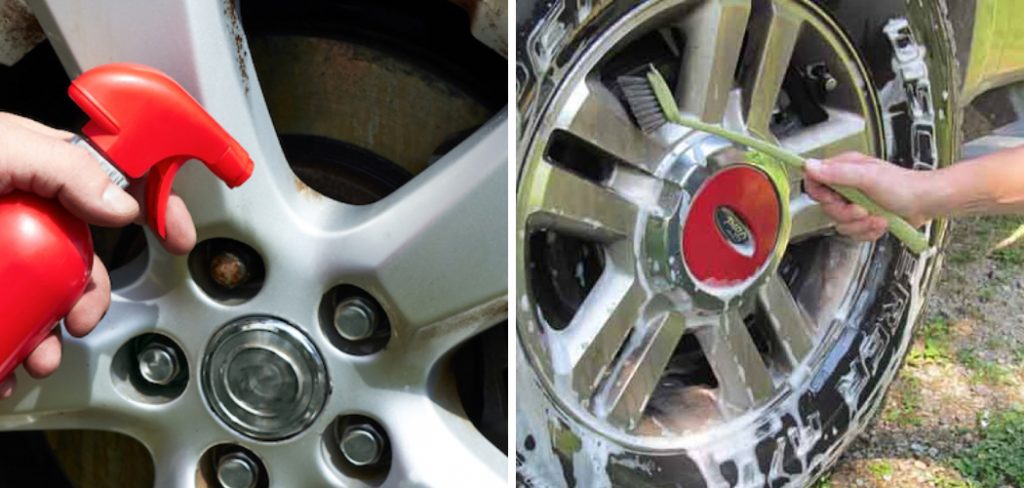
In this informative guide, we’ll explore the step-by-step process of how to clean brake rotors without removing wheel, providing a convenient and efficient method for DIY enthusiasts.
From choosing the right cleaning products to understanding the importance of a thorough cleaning routine, this tutorial aims to equip you with the knowledge and skills necessary to keep your brake rotors in top-notch condition.
Whether you’re a seasoned car enthusiast or a novice looking to enhance your vehicle maintenance skills, learning how to clean brake rotors without removing the wheel ensures a safer and more enjoyable driving experience.
The Importance of Clean Brake Rotors
Maintaining clean brake rotors is pivotal for the safety and reliability of your vehicle’s braking system. Clean rotors ensure that the brake pads have a smooth, even surface to clamp down on, which is critical for efficient stopping power and brake responsiveness.
Accumulated grime, brake dust, and rust can lead to uneven wear and tear on both pads and rotors, which not only diminishes braking effectiveness but may also result in potentially dangerous driving conditions.
Furthermore, regularly cleaning your brake rotors can extend their lifespan and prevent the squealing or grinding noises that occur when contaminants cause friction. Hence, knowing how to clean brake rotors without removing the wheel is a valuable skill that could save you both time and money, whilst safeguarding your on-road safety.
Reasons Why Brake Rotors Get Dirty or Contaminated
Brake rotors are prone to contamination from various sources—the most common being brake dust, which is a byproduct of the brake pads pressing against the rotors. This metallic dust can coat the rotor surface and lead to reduced braking efficiency if not regularly cleaned off. Additionally, environmental factors such as mud, road salt, and moisture can contribute to rotor contamination.
Road debris, including small rocks and grit, can become embedded in the rotor’s surface, causing abrasive wear over time. Moreover, oils and lubricants used in vehicle maintenance might inadvertently get onto the rotors, impacting their ability to function correctly.
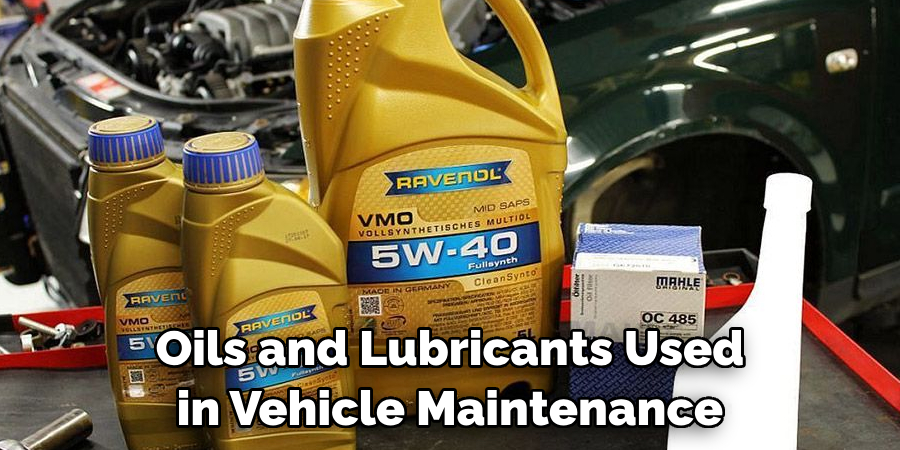
Understanding these common contaminants is pivotal when learning how to clean brake rotors without removing the wheel, ensuring you address all potential issues in your maintenance routine.
Safety Precautions Before Cleaning Brake Rotors
Before you start cleaning your brake rotors, it’s essential to take certain safety precautions to protect yourself and your vehicle. First and foremost, ensure the car is parked on a flat, stable surface and that the parking brake is engaged to prevent any movement.
It is advisable to wear gloves to protect your hands from dirt, brake dust, and any cleaning chemicals you may use. Safety glasses should also be worn to shield your eyes from any particles that could be dislodged during the cleaning process.
Moreover, make sure the car has had sufficient time to cool down before you begin; brake rotors can retain heat after driving. Finally, be aware of your surroundings and avoid using harsh, abrasive materials that could damage the rotor surface.
By following these precautions, not only do you keep yourself safe, but you also set the stage for an effective and non-damaging cleaning process, which is crucial as you learn how to clean brake rotors without removing the wheel.
Gathering Materials for Cleaning Brake Rotors
To clean your brake rotors without removing the wheels, you’ll need to gather a few key materials that will help you perform the job effectively and safely. It’s important to choose high-quality, non-abrasive products to avoid damaging the rotor surface. The following is a list of recommended materials:
- Brake Cleaner: A specialized solvent designed to break down brake dust and other contaminants on rotor surfaces.
- Microfiber or Soft Cloths: These are ideal for cleaning and wiping down rotors without scratching them.
- A Soft-bristle Brush: To gently scrub the rotor and remove stubborn grime without causing damage.
- Clean Container: For holding water or a mixture of water and mild detergent if needed.
- Protective Gloves: To keep your hands clean and shielded from dirt and chemicals.
- Safety Glasses: To protect your eyes from any debris or cleaner spray-back.
- Hose With Spray Nozzle: For rinsing off the rotors with water after cleaning.
Ensure that you have these items on hand before beginning the cleaning process. The right materials not only make the task easier but also protect the integrity of your brake rotors as you learn the technique of how to clean brake rotors without removing the wheel.
10 Methods How to Clean Brake Rotors without Removing Wheel
1. Use a Brake Cleaner
One of the easiest and most effective ways to clean brake rotors without removing the wheel is by using a brake cleaner. This spray-on solution is specifically designed to remove brake dust, dirt, and grime from your rotors.
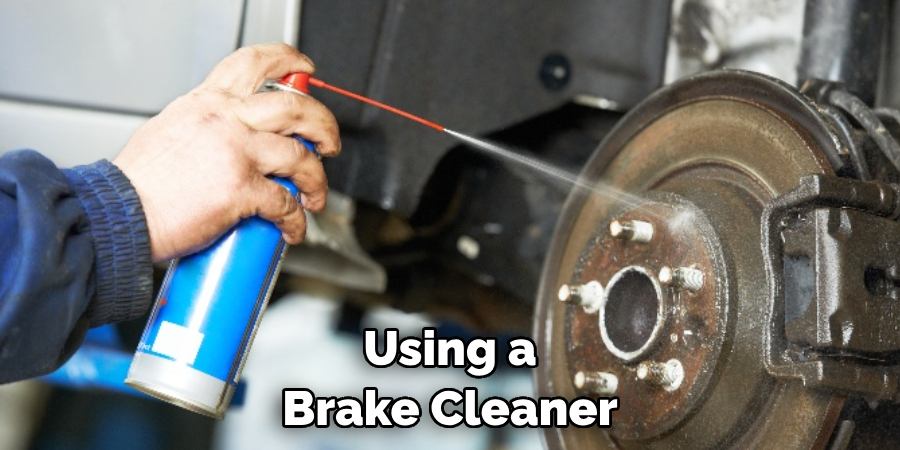
2. Wipe Down with Rubbing Alcohol
If you don’t have access to a brake cleaner, rubbing alcohol can also be used to clean your brake rotors. Simply soak a clean cloth in rubbing alcohol and wipe down the surface of the rotor.
3. Use Soap and Water
For a more natural approach, you can use soap and water to clean your brake rotors. Mix some mild dish soap with warm water and use a sponge or brush to gently scrub away any dirt or grime.
4. Try Vinegar
Vinegar is another household item that can be used to effectively clean brake rotors. Mix equal parts vinegar and water in a spray bottle and spray onto the rotor, then wipe away with a clean cloth.
5. Utilize Baking Soda
Baking soda is known for its cleaning properties and can be used to remove stubborn grime from your brake rotors. Make a paste with baking soda and water, apply it to the rotor, let it sit for a few minutes, then scrub away with a brush or sponge.
6. Use Lemon Juice
The acidity in lemon juice makes it an effective cleaner for removing dirt and grime from brake rotors. Simply squeeze some fresh lemon juice onto the rotor, let it sit for 5-10 minutes, then wipe away with a clean cloth.
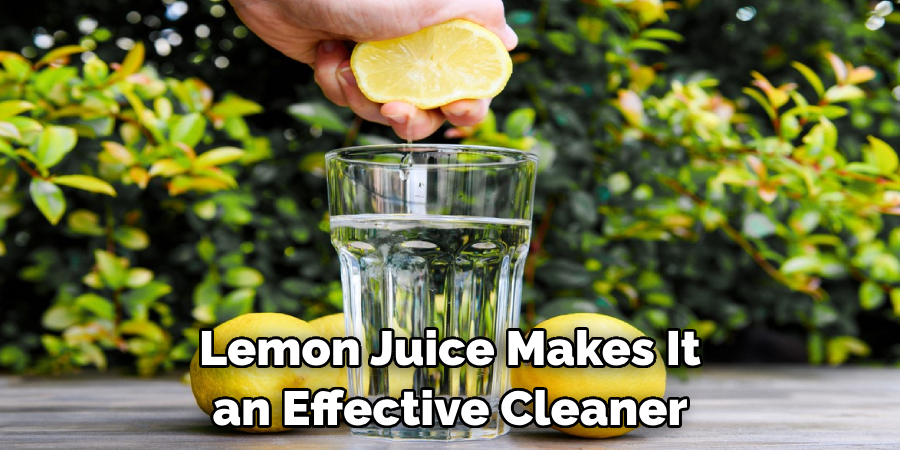
7. Try WD-40
WD-40 is not only great for loosening rusted bolts but also works well as a cleaner for brake rotors. Spray it on the rotor, let it sit for a few minutes, then wipe away with a clean cloth.
8. Use Brake Dust Cleaner
Brake dust cleaners are specifically designed to remove brake dust and grime from your rotors. They can be found at most auto supply stores and are a quick and easy way to clean your rotors without removing the wheel.
9. Try a Pressure Washer
If you have access to a pressure washer, it can be an effective tool for cleaning brake rotors. Set the pressure to a low setting and use it to spray away any dirt or grime on the rotor.
10. Use Compressed Air
If you have compressed air available, you can use it to blow away any loose debris from your brake rotors. This method is best used in combination with one of the other cleaning methods listed above for optimal results.
Additional Tips for Cleaning Brake Rotors without Removing Wheel
Maintaining clean brake rotors is paramount for vehicle safety and performance. When implementing the methods mentioned above, consider these additional tips to enhance your cleaning process:
- Check Pad Wear: Before cleaning, inspect the brake pads for wear. Excessively worn pads can deposit more debris on the rotor and compromise braking effectiveness.
- Avoid Direct Sunlight: Clean the rotors in a shaded area to prevent rapid evaporation of cleaners, which could leave residue on the rotor surface.
- Regular Inspection: Make inspecting and cleaning your brake rotors a regular part of your vehicle maintenance routine to ensure they remain in good working condition.
- Gentle Cleaning: Always use gentle pressure when scrubbing the rotor to prevent grooves or scratches that can worsen over time and impair braking performance.
- Rinse Thoroughly: After using cleaning agents, ensure that the rotor is rinsed thoroughly with clean water and dried properly before using the brakes.
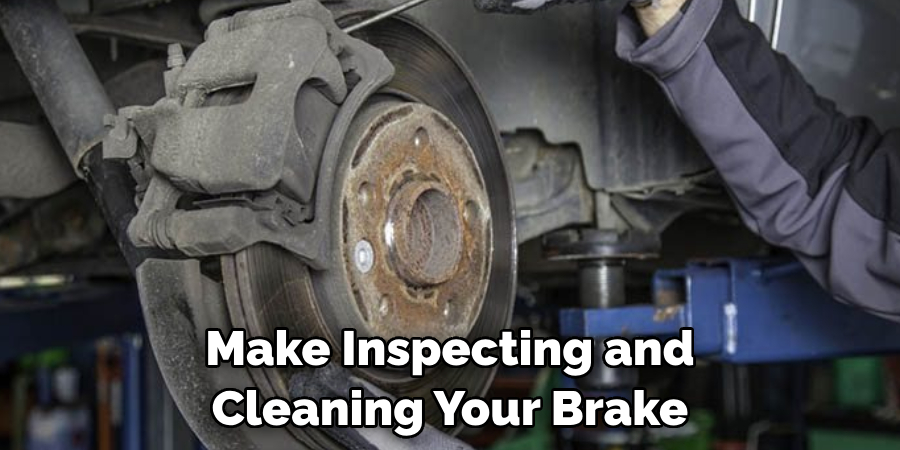
Conclusion
In conclusion, cleaning your brake rotors without removing the wheel may seem like an intimidating task, but with the right techniques and tools, it can be easily accomplished. By following the steps on how to clean brake rotors without removing wheel, you can ensure that your braking system remains efficient and safe.
Remember to always prioritize safety and to consult a professional if you are unsure about any steps. Additionally, by regularly cleaning your brake rotors, you not only improve their performance but also extend their lifespan. With these tips in mind, you can confidently tackle this maintenance task on your own and save time and money in the long run.

About
JeepFixes Team is a skilled author for Jeep Fixes, bringing 6 years of expertise in crafting a wide range of jeep fixes. With a strong background in jeep fixes work, JeepFixes Team’s knowledge spans various types of fixtures, from decorative pieces to functional hardware, blending precision with creativity. His passion for jeep fixes and design has made him a trusted resource in the industry.
Professional Focus:
Expert in Jeep Fixes : JeepFixes Team aesthetic specializes in creating durable and innovative jeep fixes, offering both appeal and functionality. His work reflects a deep understanding of jeep fixes techniques and materials.
Sustainability Advocate : He is dedicated to using sustainable practices, ensuring that every fixture is crafted with eco-friendly methods while maintaining high-quality standards.
In his writing for jeep fixes, JeepFixes Team provides valuable insights into the latest trends, techniques, and practical advice for those passionate about jeep fixes, whether they are professionals or DIY enthusiasts. His focus on combining artistry with engineering helps others discover the true potential of jeep in design.
